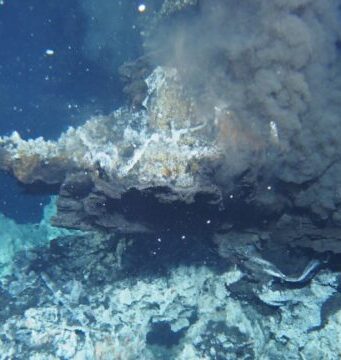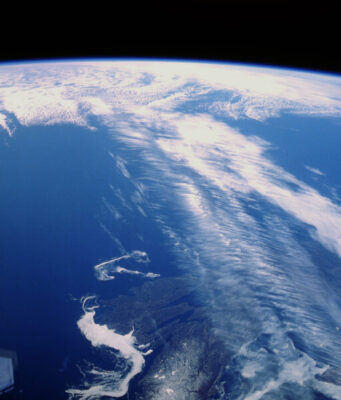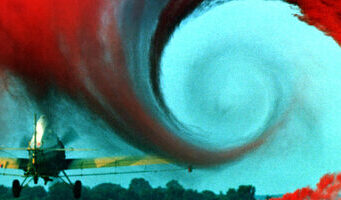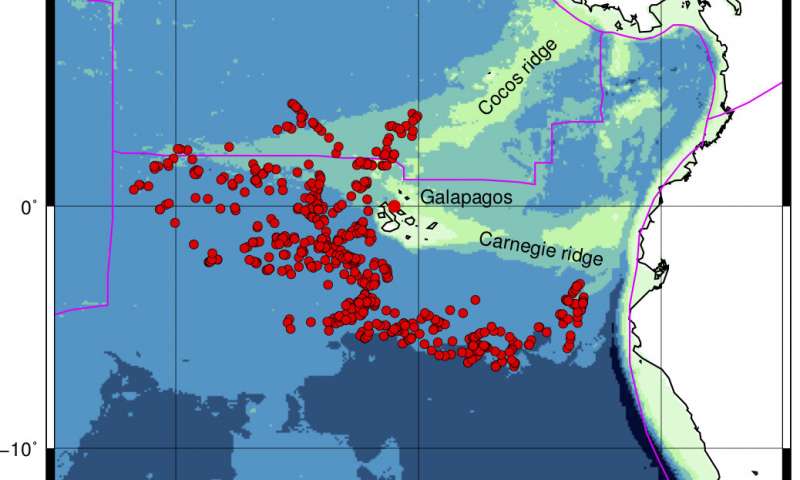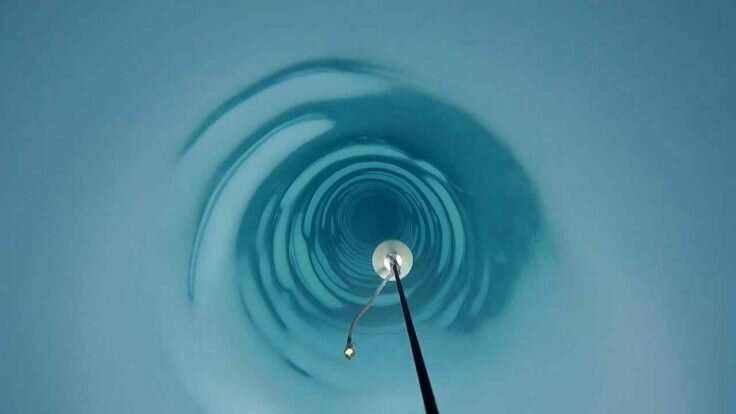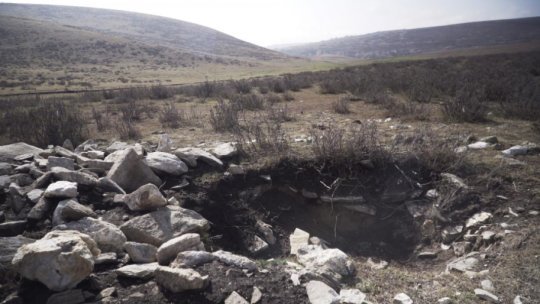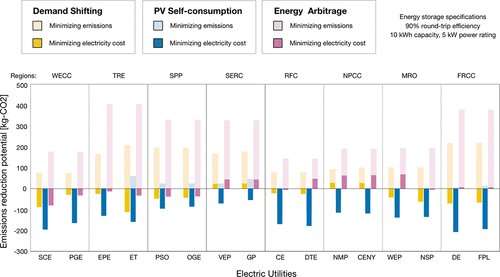Seismologists use waves generated by earthquakes to scan the interior of our planet, much like doctors image their patients using medical tomography. Earth imaging has helped us track down the deep origins of volcanic islands such as Hawaii, and...
One of the major issues when studying ore deposits formed in surficial or near-surface environments is the relationship between ore-forming processes and bacteria. At a first glance, these environments appear to be a preferred place for the growth of...
Glacial retreat in the Canadian Arctic has uncovered landscapes that haven't been ice-free in more than 40,000 years and the region may be experiencing its warmest century in 115,000 years, new University of Colorado Boulder research finds.
The study, published...
A team of scientists and engineers has for the first time successfully drilled over two kilometres through the ice sheet in West Antarctica using hot water. This research will help understand how the region will respond to a warming...
Scientists have long speculated that our planet's climate system is intimately linked to the Earth's celestial motions.
The pacing of the most recent ice ages, for example, is attributable to changes in the shape of our planet's orbit around the...
More than 2,500 years ago, horse riding nomads expanded their cultural realm throughout the Eurasian steppe from Southern Siberia to Eastern Europe. These tribes had in common, that they buried their dead in large burial mounds often together with...
Machine-learning research published in two related papers today in Nature Geoscience reports the detection of seismic signals accurately predicting the Cascadia fault's slow slippage, a type of failure observed to precede large earthquakes in other subduction zones.
Los Alamos National...
Researchers have now mapped exactly where in the Western U.S. snow mass has declined since 1982.
The research team mapped the changes in snow mass from 1982 to 2016 onto a grid of squares 2.5-miles on a side over the...
Something peculiar is happening in the azure waters off the rocky cliffs of Ischia, Italy. There, streams of gas-filled volcanic bubbles rising up to the surface are radically changing life around them by making seawater acidic. Stanford researchers studying...
Home energy storage systems might save you money, but under current policies, they would also often increase carbon emissions. That is the conclusion reached by a team of researchers at the University of California San Diego in a study...
What happens when lava and water meet? Explosive experiments with manmade lava are helping to answer this important question.
By cooking up 10-gallon batches of molten rock and injecting them with water, scientists are shedding light on the basic physics...


